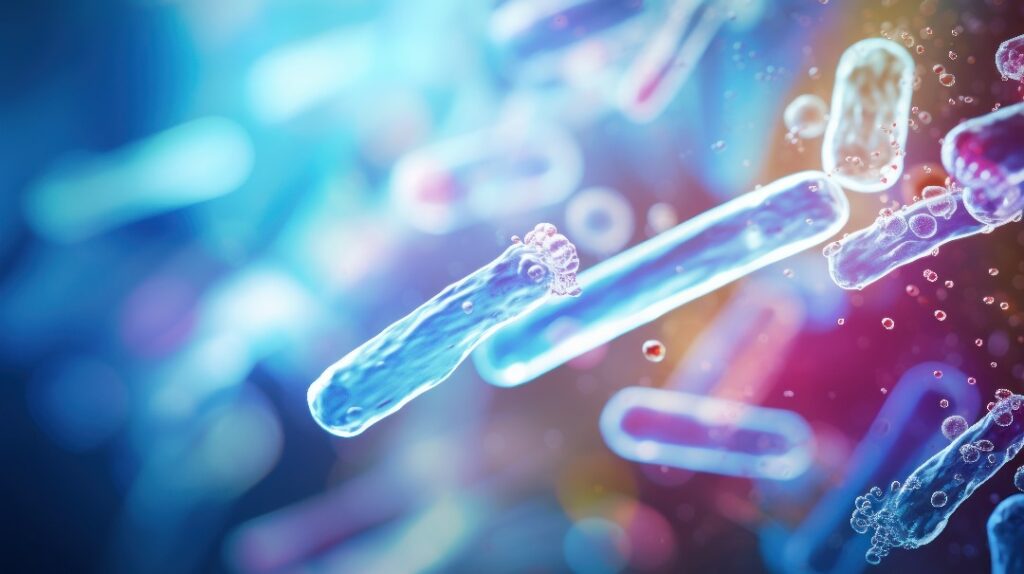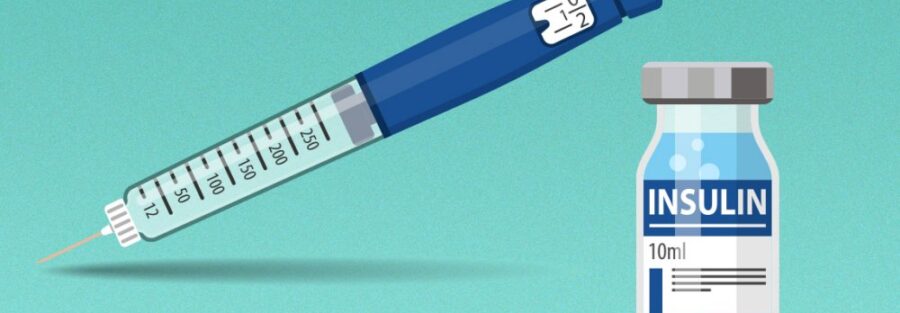Insulin is a hormone that is produced by the pancreas to help regulate blood levels of glucose, amino acids, and fats after a meal. It does this by having a strong effect on three main organs: muscles, fat tissue, and the liver. Let’s take a closer look to see how this works.
After eating a meal, let’s say a plate of rice, the rice will enter the small intestine where it’s broken down into three components, carbohydrates, fats, and proteins. All of these will be digested and absorbed across the intestine into the blood in three main forms: the carbohydrate as glucose, the fats as fatty acids, and the proteins as amino acids. Let’s focus on the glucose for now. So within the blood before the meal, blood glucose levels is in a range of 4 to 5.5 millimoles per liter. But as the glucose floods into the blood, this level will start to rise. Unfortunately, the cells in the muscles, fats, and liver might not be absorbing glucose at this time, so the glucose can’t enter these cells. Prompting the Pancreas to swing into action. The pancreas, in response to a rise in blood sugar level, will release something known as insulin.

Insulin then has a strong effect on these three organs, starting with the muscles. Insulin will bind to the muscle cells, making them eventually absorb the glucose. Glucose will enter the muscles and are made into energy to power the muscles. Insulin also helps the glucose to be stored in the muscle as a carbohydrate known as glycogen. Additionally, insulin can also help to suck up the amino acids into the muscles, which can be made into proteins. Across the liver, insulin helps the glucose, like we saw in the muscles, to be stored as glycogen. In addition, insulin helps the liver to make the glucose into fatty acids. Finally, in fat tissue, insulin will allow glucose to enter the fat cells, which is converted into glycerol. Then lastly, insulin helps to absorb fatty acids, which came from the rice, and also the liver, to be combined with glycerol and stored as triglycerides.
Insulin, as you can see, helps to decrease the glucose, the fatty acids, and the amino acids in the blood after a meal. If a person was unable to make insulin in the pancreas, all these cells become desensitized to it, it would lead to a condition known as diabetes.


